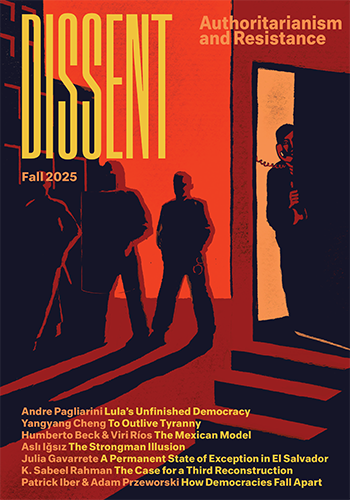
Belabored Podcast #163: Organizing for Democracy, with Meg Reilly
Meg Reilly of the Campaign Workers Guild joins us to talk about the first movement to unionize the workers who canvass the streets, run the phone banks, and carry the clipboards.


Meg Reilly of the Campaign Workers Guild joins us to talk about the first movement to unionize the workers who canvass the streets, run the phone banks, and carry the clipboards.

If there’s one thing worth taking away from the White House report on socialism, it’s that economics is a political argument, not just a technical exercise.

Carol Anderson discusses the numerous strategies Republicans are using to keep voters of color away from the polls, and how progressives can overcome them heading into the midterms and beyond.

The majority of Teamster members at UPS voted to reject a proposed contract; leadership says they’ll ratify it anyway. How did this happen? Nelson Lichtenstein joins us to discuss the ongoing conflict.

Watch videos of all eight panels at our conference on the Future of the Left in the Americas, October 5–6 at the New School.

We look at two types of fights for workplace justice: the worker-owned cooperatives now mushrooming across the country, and a global protest at airports around the world.

In cities across the country, Marriott hotel workers are forced to work second jobs to pay the bills. We talk with two worker-organizers planning to strike for a fairer contract.

Adam Tooze, Quinn Slobodian, and Atossa Araxia Abrahamian discuss neoliberalism, globalization, and the future of democracy. [Updated with video]

Workers in St. Paul, Minnesota are seeking to build on a major Fight for 15 victory in neighboring Minneapolis. Plus: An update on the teacher strike wave.

This month Missouri voters rejected “right to work” at the ballot. Two organizers from the state join us to talk about the win and what the rest of the country can learn from their incredible success.

Please join us in welcoming Kate Aronoff to the Dissent masthead!

In a special panel discussion, Sarah speaks with three strike veterans about what it takes to walk off the job, build community support—and win.

On Amazon Prime Day warehouse workers around the world took action against the company. We hear about some of the organizing going on in fulfillment centers from Germany to New Jersey.

Putin and Trump are cast in the same reactionary, nationalist mold, and their alliance ought to concern anyone who cares about democracy.

Organizers representing teachers, housekeepers, graduate students, and airline workers discuss union power in the wake of the Janus decision.